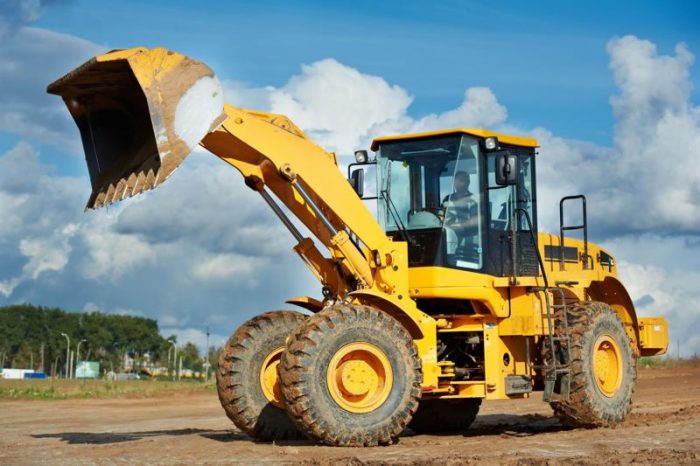Mask is a kind of sanitary product, which is generally used to filter the air entering the mouth and nose, so as to block harmful gases, smells, droplets, viruses and other substances, and is made of gauze or paper. Masks have a certain filtering effect on the air entering the lungs. When respiratory infectious diseases are prevalent, and when working in dust and other polluted environment, wearing masks has a very good effect. Masks can be divided into air filter masks and air supply masks.

Developing process of face mask
In March 1897 , a German, introduced a method of wrapping the nose and mouth with gauze to prevent bacteria from invading. Later, someone made a six layer gauze mask, sewed it on the collar, and turned it over to cover the nose and mouth. However, this kind of mask always needs to be pressed by hand, which is extremely inconvenient. Later, someone came up with a way to tie the tape to the ear, which became the mask that people often use today.
In 2003, the use and popularization of masks reached a new climax. A “SARS” almost made masks out of stock at one time. There was a long line in front of every drugstore, and people rushed to buy masks.
In 2009, after the “bird flu” in 2004, the “A H1N1 flu” made the mask army appear in front of the world’s major news media again.
In 2013, the emergence of PM2.5 air hazard concept caused the public to pay attention to air pollution, making masks and other protective equipment very popular during the haze weather.
On February 7, 2020, in the disinfection supply center of the Second Affiliated Hospital of Xi’an Jiaotong University, more than 30 medical staff and volunteers made masks by using medical packaging non-woven fabric, absorbent paper for instruments, N95 melt blown filter cloth and other materials.
Classification of face mask
Some of the carriers of the particles are oily, and these substances attached to the electrostatic non-woven fabric will reduce the electrical property and make the fine dust penetrate. Therefore, the filter material to prevent the oil-bearing aerosol should be subject to special electrostatic treatment to achieve the purpose of preventing the fine dust. Therefore, each series is divided into three levels: 95%, 99%, 99.97% (referred to as 95, 99, 100), so there are nine categories of filter materials.
Selection method
The efficiency of respirator is based on its barrier efficiency to fine dust, especially to respirable dust under 2.5 μ M. Because this particle size dust can directly enter the alveoli, which has the greatest impact on human health.
Gauze mask, its principle of dust prevention is mechanical filtering, that is, when the dust collides with gauze, through layer upon layer of barrier, some large particles of dust are blocked in the sand cloth. For some fine dust, especially dust less than 2.5 microns, it will pass through the mesh of gauze and enter the respiratory system. Dust mask is composed of filter material active carbon fiber felt pad or non-woven fabric. The respirable dust less than 2.5 μ m is blocked in the process of passing through the filter material and plays the role of filtering air.